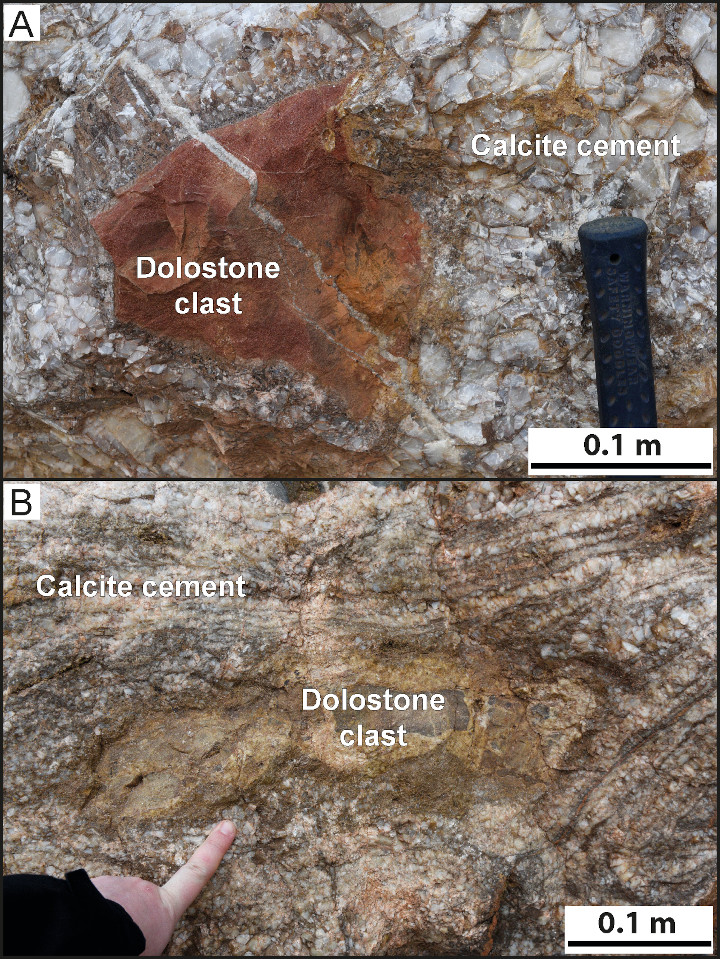CARB PROXY: Towards an improved understanding of open- versus closed-system diagenesis in carbonate research
- Ansprechperson:
The Project
Carbonate-archive data record, at the time of their deposition, a brief snapshot of the ambient Earth’s surface conditions. All carbonate archives are susceptible to post-depositional alteration. The challenge is to separate a meaningful environmental signal from one that is modified by later diagenetic or metamorphic alteration, and hence to reliably assess the integrity and robustness of the extracted proxy data as indicators of their paleo-environment. In the context of early- to late-diagenetic pathways, carbonate phases may undergo rock-buffered (=preserving environmental signals) or fluid-buffered (overprinting environmental signals) diagenesis. In many cases, the difficulty lies in recognizing fluid- versus rock-buffered diagenesis, particularly in the definition of generally applicable criteria to separate these fundamentally different environments and in cases where fluid-buffered alteration is later overprinted under rock-buffered conditions. Additional complexity arises from the observation that a carbonate rock may display fluid-buffered behavior for one element (i.e., oxygen) and rock-buffered behavior for another (i.e., carbon, magnesium, calcium, or strontium).
This project will investigate if the combination of petrographic and geochemical analysis with microthermometrical data derived from fluid inclusions can serve as a fingerprint for either of the two (fluid- versus rock-buffered) alteration modes. The study will be performed in the Steltenberg quarry in the northern Rhenish Massif in western Germany, where a complex set of Devonian carbonates that has undergone burial- and meteoric diagenesis will be investigated as a litmus test for the above considerations. This Devonian `natural laboratory’ is ideal in the sense that it allows comparing fundamentally different types of diagenetic and tectonic overprint of fluid-buffered and overprinted rocks, and such that seem to evidence rock-buffered diagenesis and preserved environmental data.
To test our hypothesis, we will build on a detailed preliminary petrographic assessment to reconstruct fluid paleo-temperatures and fluid chemistry using carbon and oxygen isotope values, radiogenic strontium, calcium, and magnesium isotope values, and microthermometry, and place these data into a stratigraphic/temporal context employing U-Pb carbonate dating. This work will allow us to place all this petrographical and geochemical data in a fluid property context and to establish criteria for diagenesis for the open (fluid-buffered) and the closed (rock-buffered) system end-members and their corresponding intermediate stages.

